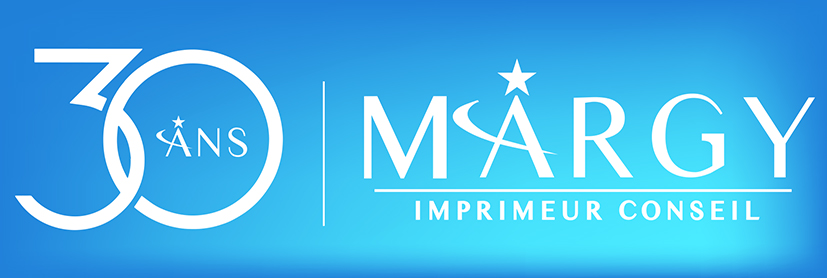Influencing purchasing decisions is one of the cornerstones of the marketing profession. Not always well perceived by the public, this aspect of the profession had its moment of glory in the 2010s. Sometimes smelling of sulphur, marketing was equated with manipulation or deception. With the advent of digital technology and the massive influx of data into communications, ‘influence marketing’ has become more subtle, and has developed where it was not necessarily expected, forcing us to reconsider the profession and the areas of influence.
If marketing were a story…
In the beginning was traditional marketing. It was a well-defined profession and a well-defined set of actions that consisted of using clearly identified resources to promote goods and services. A billboard, an advertising campaign, the distribution of flyers, a promotional price and the deal was done. Or so we hoped as we feverishly monitored sales trends.
In its simplest terms, marketing consisted of clearly identifying the points of contact between a brand, its products and third-party prospects. The zone of influence was limited to “finding the publicity stunt” or the opportunity to increase visibility with the target audience and to use them as a natural medium to get them to know you. Everything was well-defined in this world where marketing and communication took turns according to a well-known, tried-and-tested scenario.
But then digital technology and data came into play, and redistributed the roles in the world of marketing. Influence in the business consists of guiding an audience towards a purchase or an opinion by means of information and offers that correlate until the purchase decision is made. This zone of influence must not leave the target audience in order to maintain their interest and reinforce the accuracy of their choice.
Digital and social networks, the new tools of influencer marketing
Thanks to data, proven “net” habits and social networks, marketing has built up a formidable database of information that enables it to pinpoint the target audience and its expectations by studying its behaviour and location based on digital data. In the space of just a few years, the new digital tools have given marketing a more subtle influence, which has grown considerably with the arrival of social networks, bloggers, Instagrammers and other Youtubers. With them, the areas of influence have gradually slipped away from professionals and into the hands of individuals who are completely unknown to the profession, but some of whom are frighteningly effective.
With tools like Google analytics and the use of RTB(programmatic advertising), which makes it possible to deliver the right media at “almost” the right time to the right person, we can refine the zone of influence by studying their behavioural habits and buying patterns.
This socialised ecosystem makes the influence credible, because it is created in an almost natural way. This natural influence has a tenfold impact on the audience, since it is the result of blogging, which consists of creating content and rallying people around a hobby or shared interest. It’s a power recognised by these new influencers, who are paid for their audience and their ability to unite people around a theme. In just a few years, they have humanised the digital world and given a new dimension to influencer marketing by stripping it of its sulphurous cloak. Let’s hope it lasts, so we don’t fall victim to a boomerang effect if the good turns out to be worse than the bad!
Other articles :
 01 44 52 02 02
01 44 52 02 02
